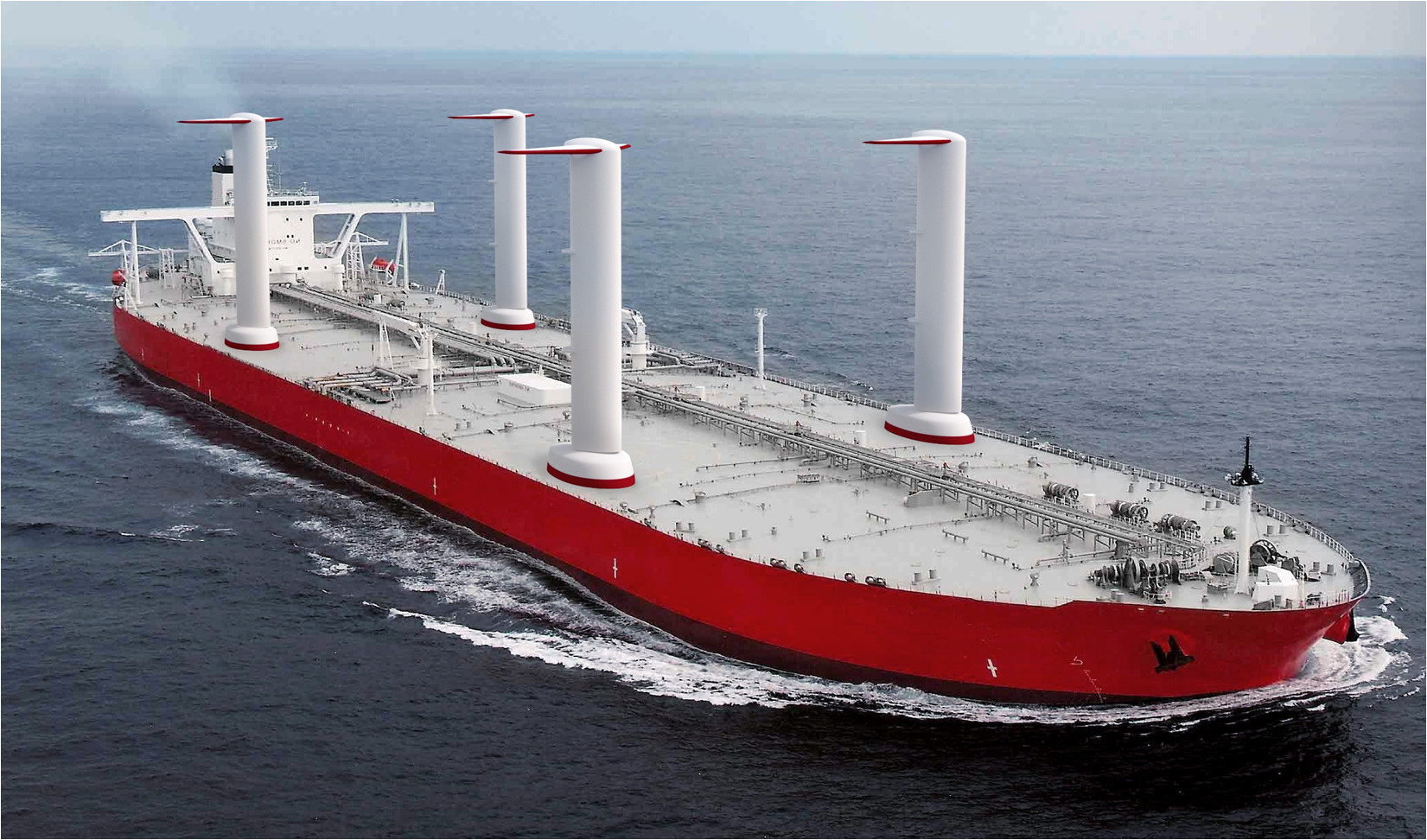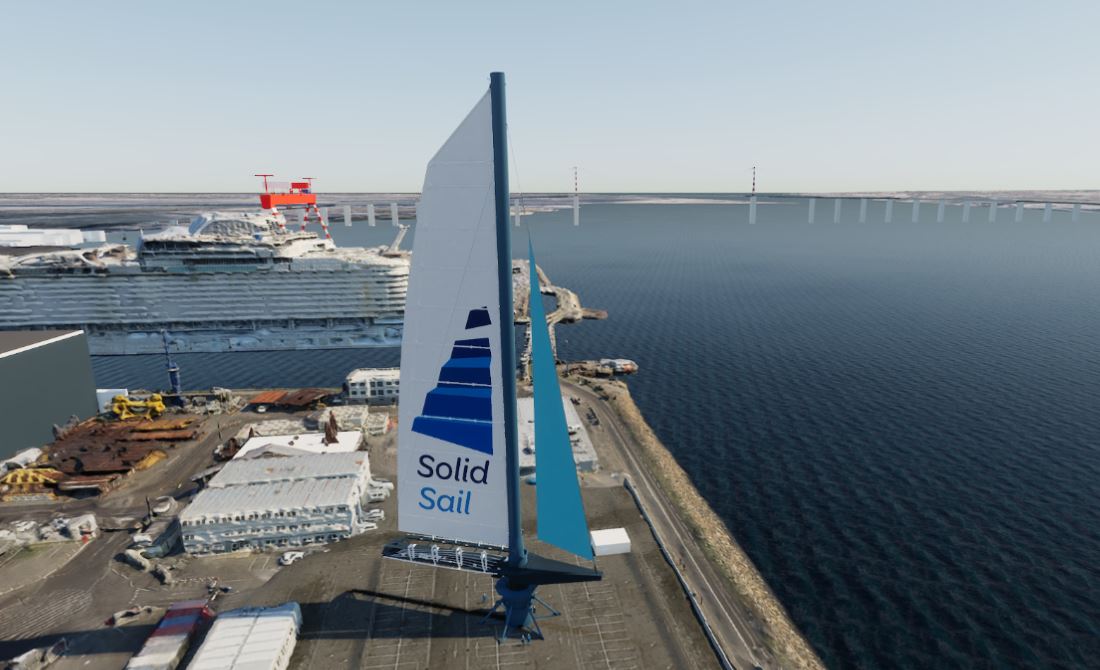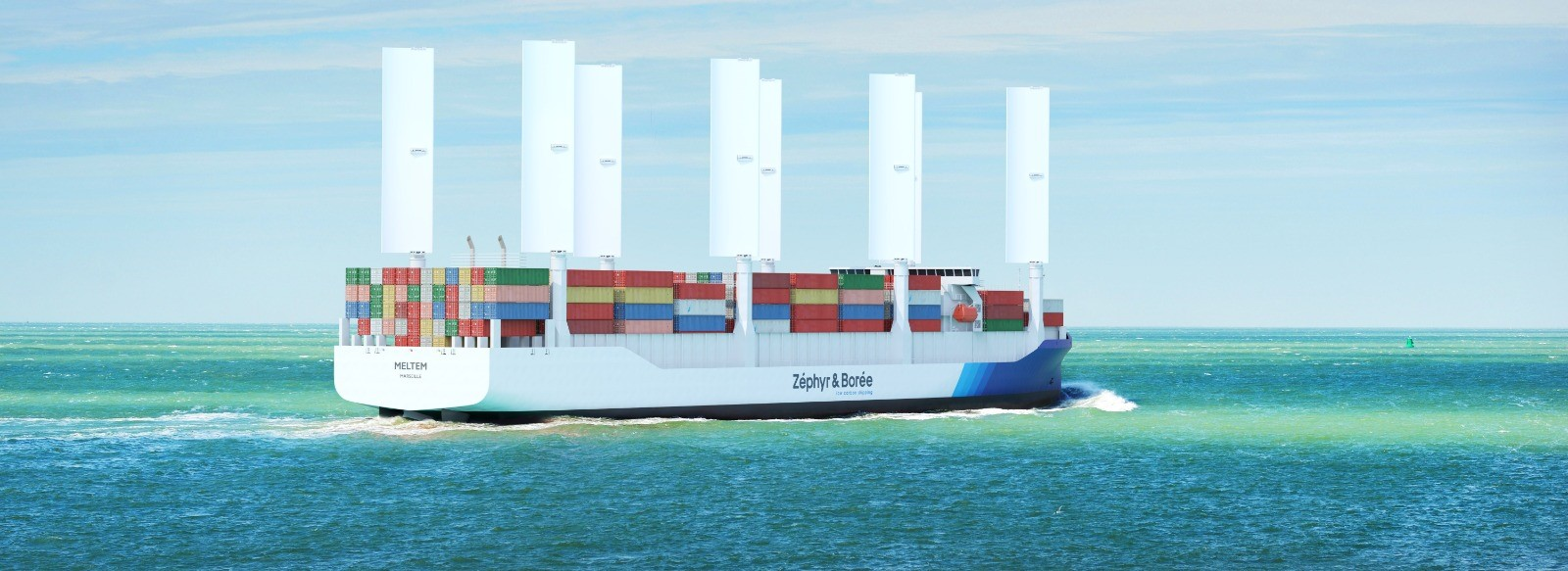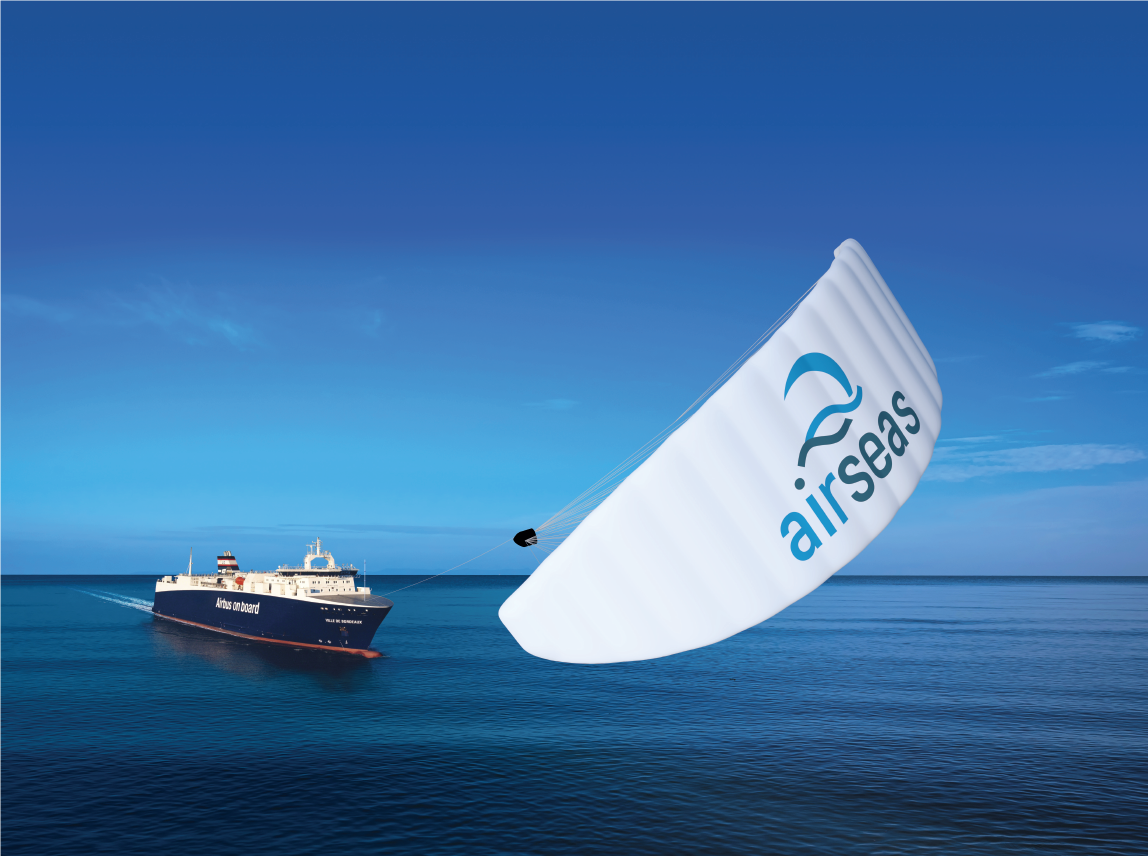Sciences & Tech
Focus on 5 types of wind formats
Published on May 3, 2022

Zoom on five types of wind-powered formats
| Rotors
These metal cylinders placed on the deck are set in rotation by an external energy supply. The "magnus" effect generated helps propel the vessel. This system is currently being developed in Northern Europe for oil tankers, ore carriers and ferries. Initial results show an energy saving of about 10% for a tanker. |
 Credit: ANEMOI |
| Suction profiles
This concept of suction along the profile allows for optimal airflow. A ventifoil turbine system turns a fan inside the masts. This solution, which requires an external power supply, can be installed on an existing vessel and provides energy savings of 10 to 20%. |
 Credit: CRAIN |
| Thin profiles
These are classic sails or sails with composite panels and flexible membranes that allow for a very buoyant aerodynamic profile. The start-up Solid Sail, for example, has opted for a 1,200m² sail that folds onto the balestron like a fan. This solution, which reduces fuel consumption by 30%, has been tested on the cruise ship Le Ponant in order to offer more responsible cruising boats. |
 Credit: Chantier de l'Atlantique
|
| Thick profiles
These are inflatable, rigid or semi-rigid sails. Rigid systems are made of composite and equipped with rollover systems to optimise windage, as shown here with the CWS asymmetric wings on a Zephyr and Boreas container ship. |
 Credit: Zéphyr & Borée |
| Kites
These giant kites, used for fishing and commercial vessels, rise 300 metres above the sea. Their dynamic flight generates very strong traction. Equipped with an automatic system for sending and retracting the sail, the kite can have a surface area of 1,000m² in the case of Airseas. |
 Credit: Airseas |
To be read also in the dossier " Decarbonised revolution on the seas"
DOSSIER / Decarbonised revolution on the seas

